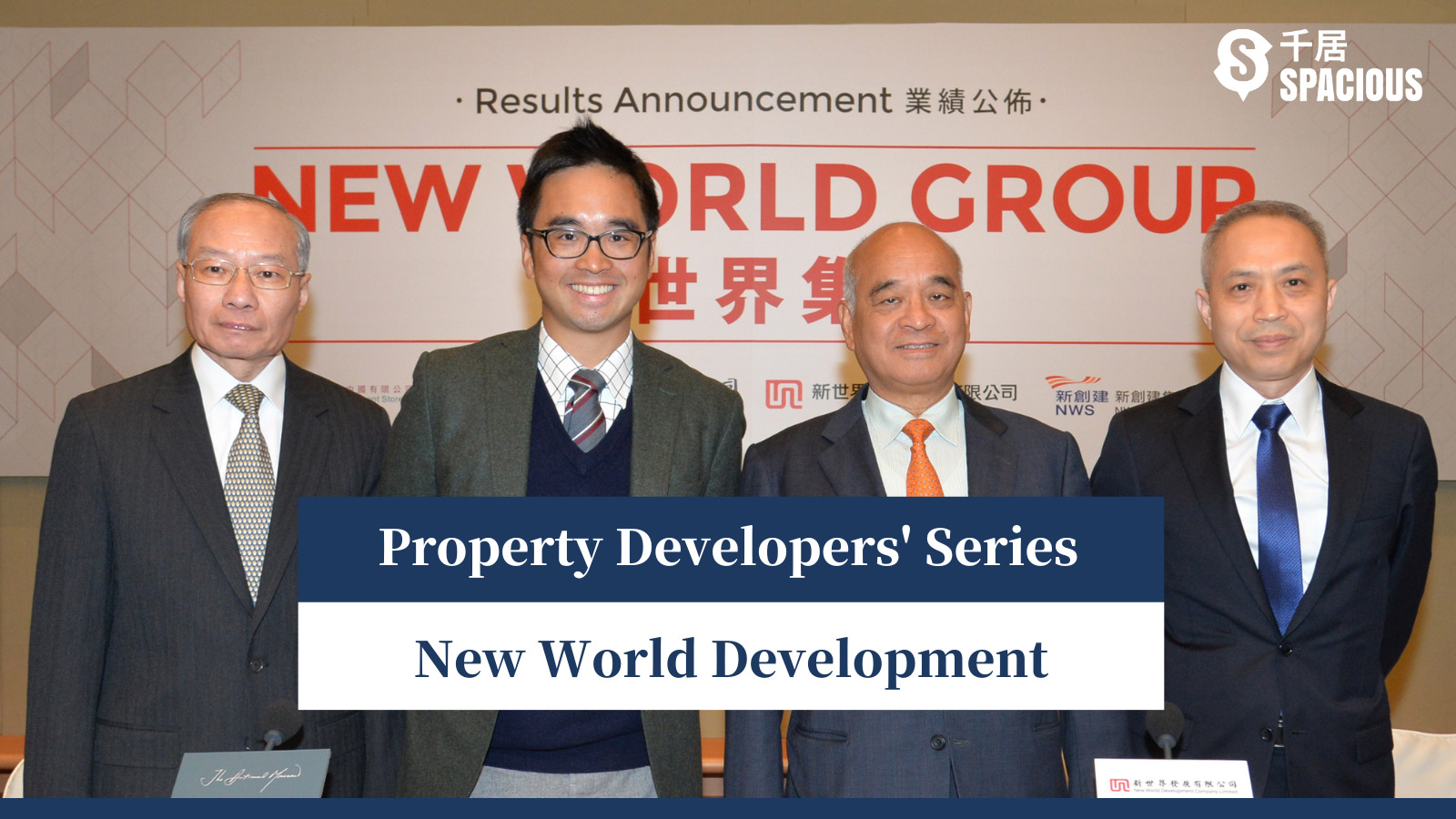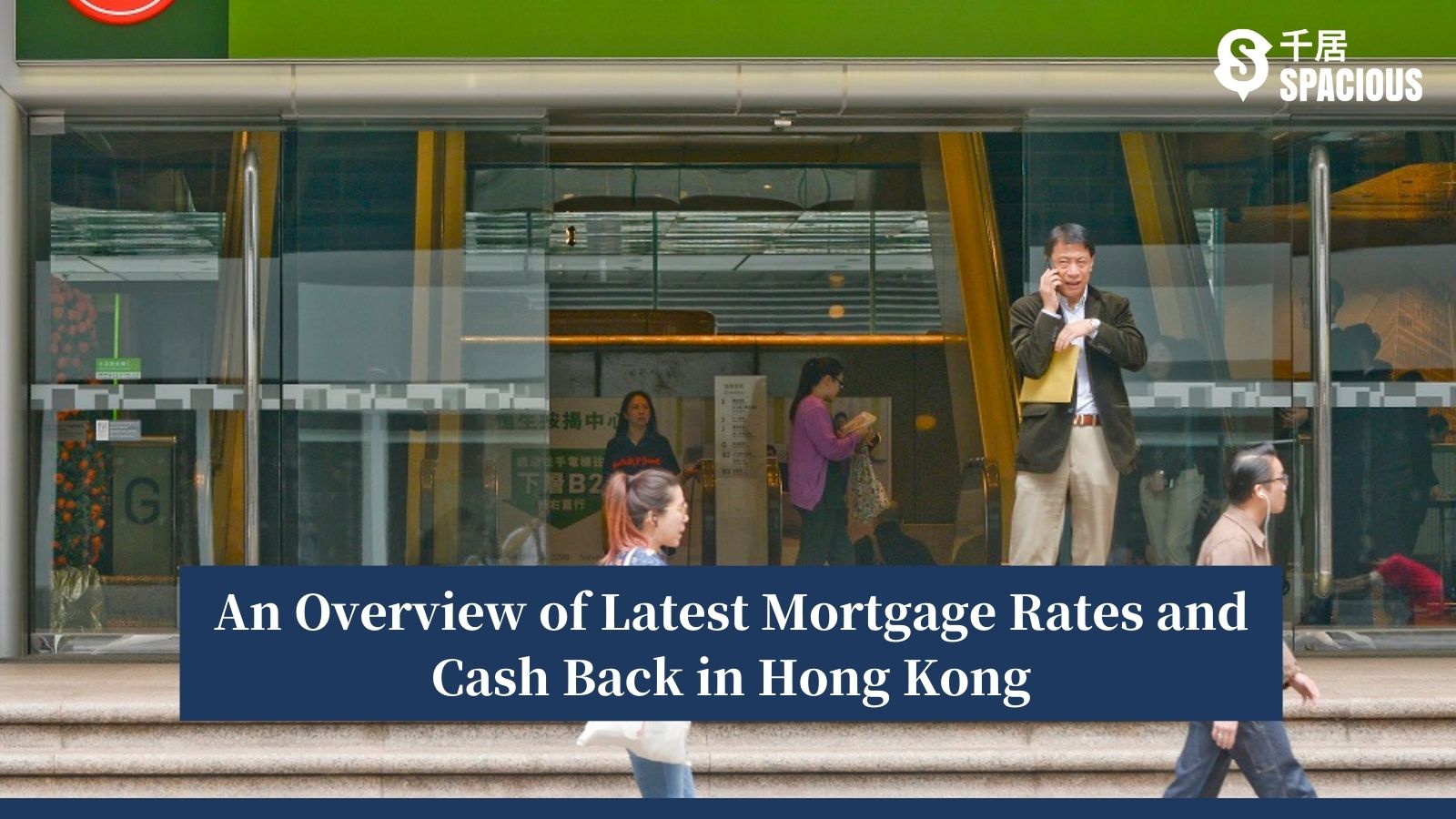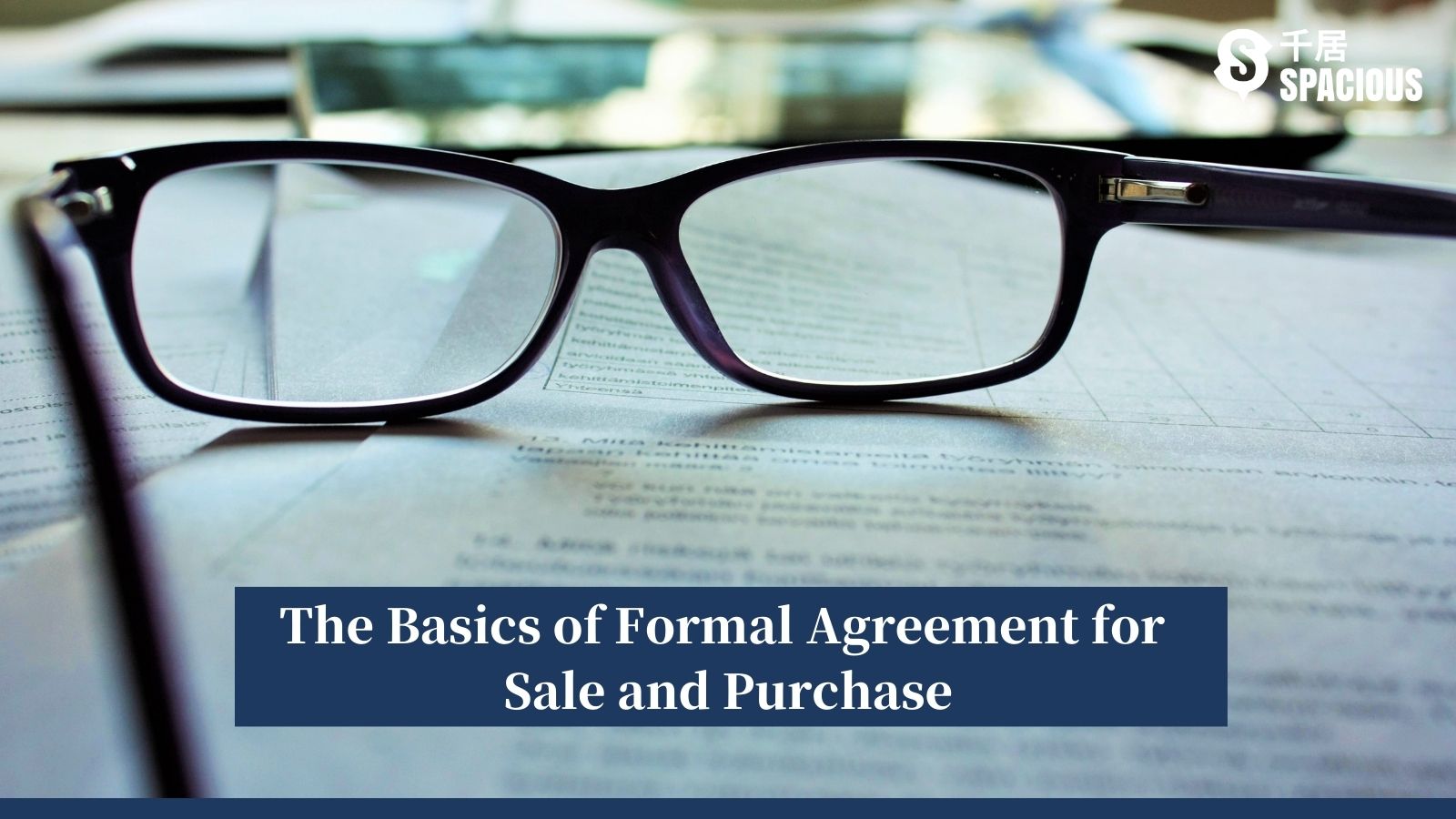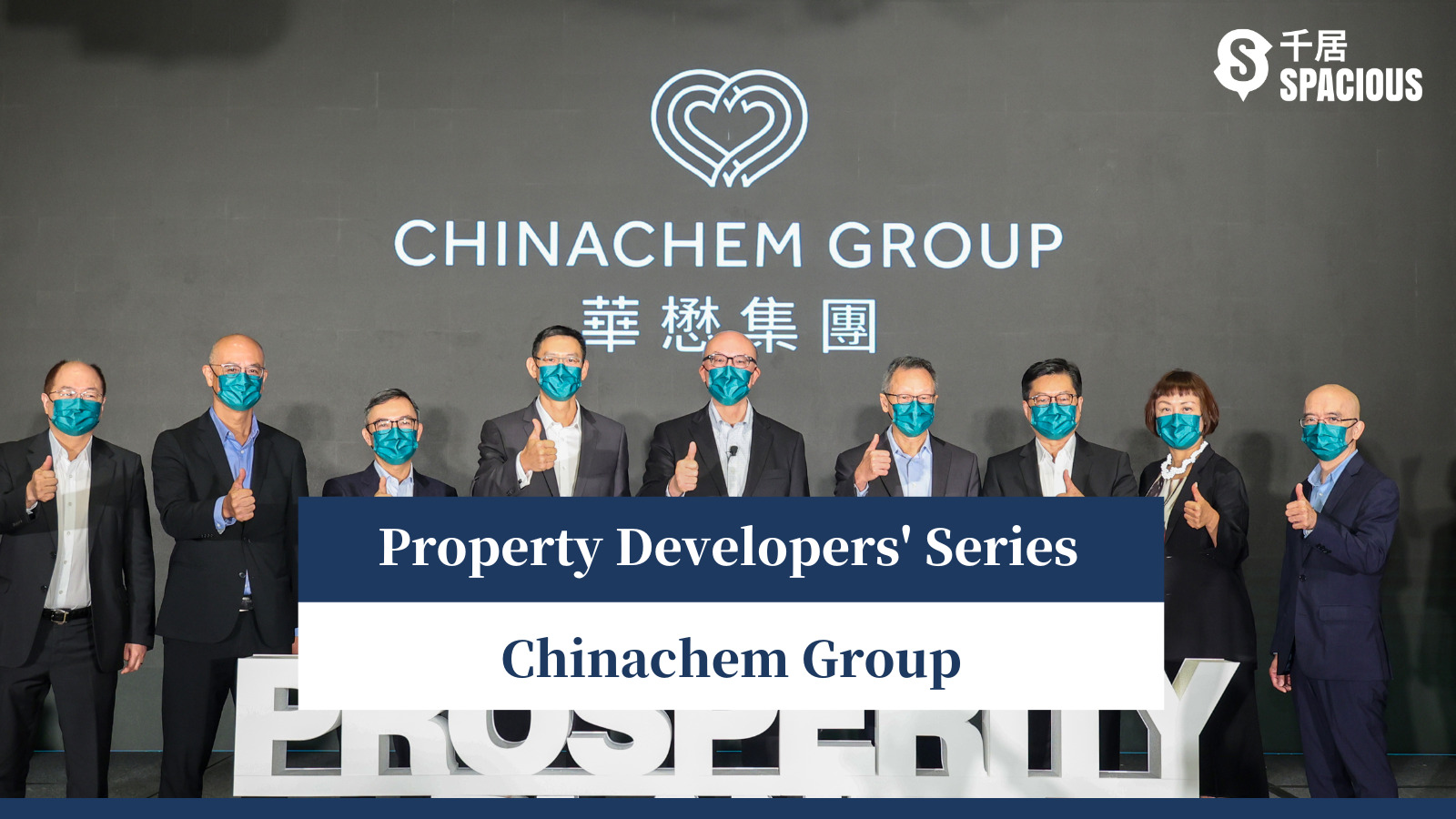
Among all local property developers, the history of Chinachem Group is arguably the most dramatic. The two key figures of Chinachem Group, Wang Teh-huei and Kung Yu-sum, were once the subject of sensational news.
After their deaths, there were two major billion-dollar inheritance disputes. In the past decade, Chinachem Group has actively re-established a reliable brand image in the real estate industry. Join Spacious as we share the history of Chinachem Group and its extensive property portfolio.
Jump to: Company Development | Company Characteristics | Building Quality | Residential Portfolio
Company Development
Sale of Industrial Raw Materials

The history of Chinachem Group can be traced back to the key figure, Wang Din-shin. He was born in 1911 and was the heir of a dye company in Wenzhou.
In the 1930s, as Shanghai’s development entered its golden era, Wang moved his family from Wenzhou to Shanghai, where he partnered with a friend to establish Wing Wa Company to sell industrial dyes.
Five years later, he started his own business and set up China United Chemical Corporation to import industrial raw materials and Western medicine from the UK and US.
In the 1950s, after China’s liberation, Wang moved to Hong Kong together with his business. The branch office later became the headquarters.
In December 1952, Wang and his eldest son, Wang Teh-huei , officially established China United Chemical Corporation Limited to continue the importation of industrial raw materials.
At a later time, the company developed into the flourishing plastic industry, serving as the exclusive Hong Kong agent of American plastic suppliers, rivaling Li Ka-shing’s plastic factory.
Find or sell properties on Spacious
1960s – Getting into the Real Estate Industry
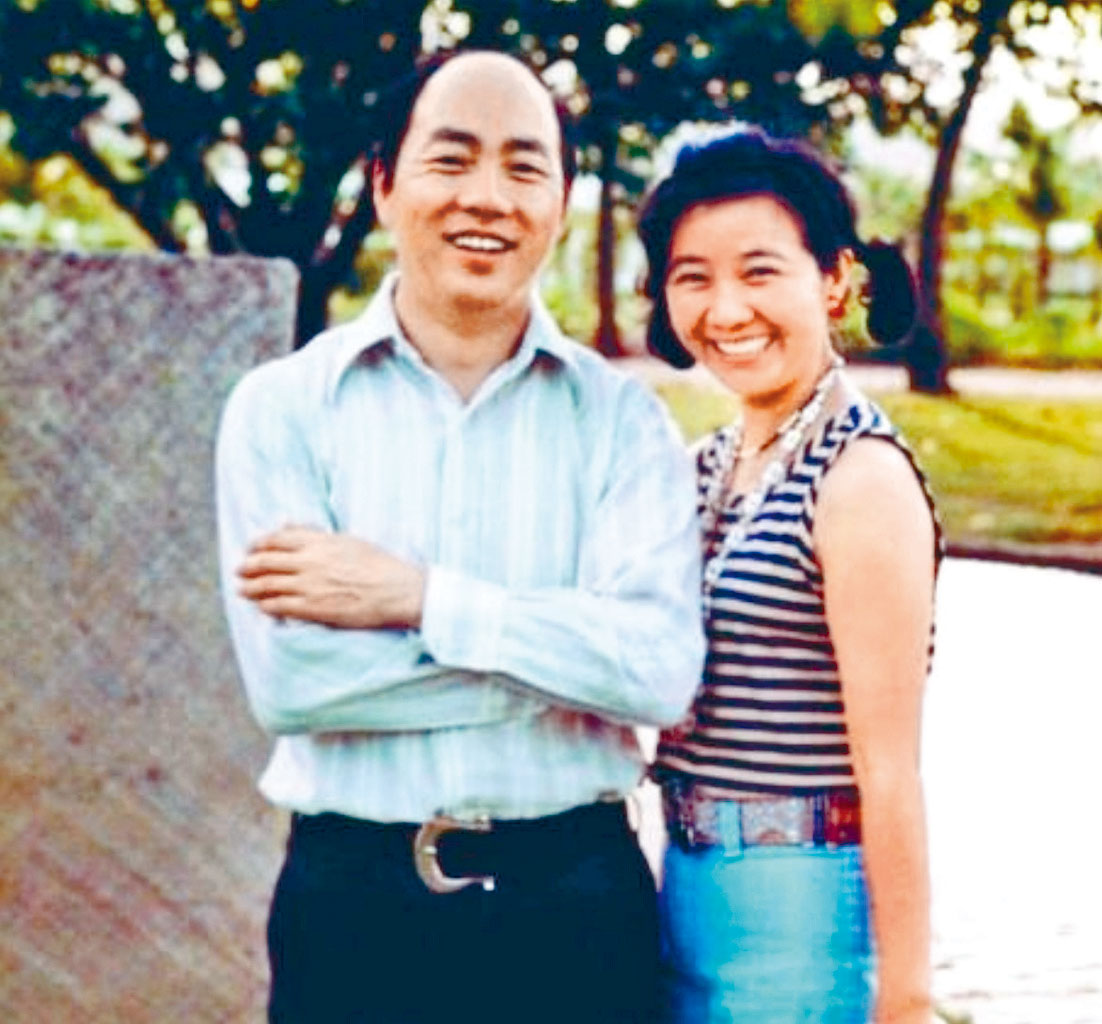
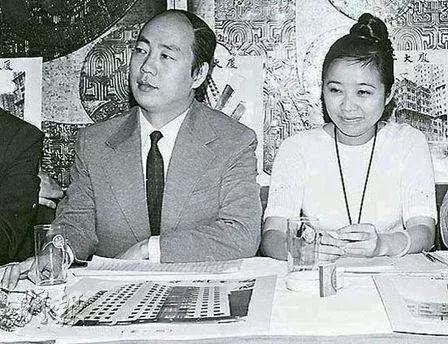
In 1960, Wang Teh-huei, the eldest son of Wang Din-shin, took over the company. After making a fortune in the import business, he established Chinachem Investment Company Limited with his wife Kung Yu-sum, who he had been married to for five years. This marked the couple’s first step of entering the real estate industry in Hong Kong.
Like many other large developers that still stand today, Chinachem took advantage of the immigration wave in the 1960s and the market crash after the 1967 riots to buy large amounts of land at low prices, leading the group to unprecedented success during the economic boom of the 1970s.
According to his friend, a real estate tycoon in the city, Chao Sze-tsung, developers of that time were all focused on buying land in the urban areas. But the Wangs had a unique vision of buying land in the New Territories areas around Tsuen Wan.
They developed 6 to 12-storey buildings on the land, providing low-priced units measuring 300 to 400 sq. ft., aiming to target factory workers in Tsuen Wan factories.
Chao also said that the young and ambitious Wang couple were a perfect team, with one responsible for buying land and the other for developing it.
Find or sell properties on Spacious
1970s – Becoming a Leading Developer
In the 1970s, Hong Kong’s manufacturing industry and overall economy boomed. Factory workers on the outskirts of areas such as Tsuen Wan, Kwai Tsing, San Po Kong, Tsz Wan Shan, and Kwun Tong were wealthy enough to buy property. Chinachem’s land buying strategy turned out to be successful, with the company’s pure profit reaching HKD 25 million between 1971 – 1972.
The group moved on to the luxury market and developed high-end residences such as Beverley Heights in Beacon Hill (1970) ; Vista Mount Davis in Pokfulam (1974) ; University Court in Mid-levels West (1979) ; Stanley Knoll (1978) ; Beverley Heights in Braemar Hill (1979).
Because of its land development strategy, Chinachem’s properties are commonly seen in the New Territories and traditional luxury districts (e.g. Mid-levels West ).
As the economy took off and the real estate market recovered, so does the company’s revenue. The company continued to expand its business by utilizing its large land reserve.
It also established various property-related subsidiaries, such as Hop On Property Management Limited for property management and Chinachem Financial Limited for mortgages.
The Wang couple had successfully taken the Group to become a fully Chinese-funded company, as well as one of Hong Kong’s large real estate developers.
Find or sell properties on Spacious
Wang Teh-huei Went Missing
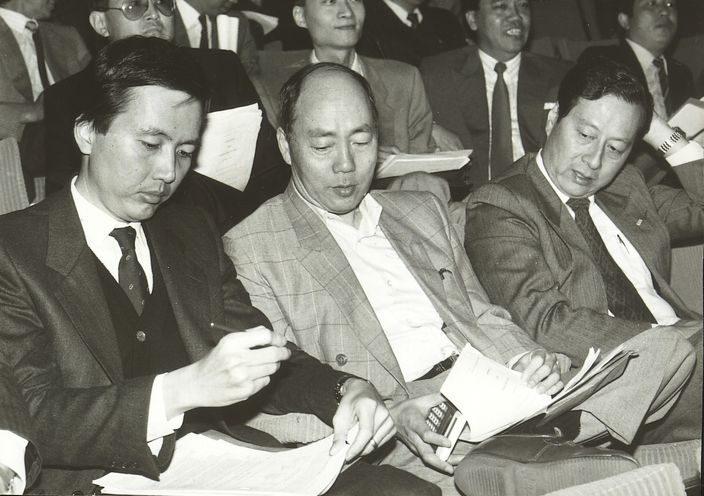
As the development of Chinachem Group was booming, a life-threatening danger was approaching to the billionaire chairman.
In 1983 and 1990, Wang Teh-huei was kidnapped twice, the first time demanding $100 million, and the second time demanding $1 billion.
Kung Yu-sum paid approximately $85 million for the first ransom, and $260 million for the second, but unfortunately her husband went missing after the second kidnapping, and the mastermind, a former police officer, is still on the run.
After Wang’s disappearance, Kung took over the Chinachem Kingdom and expanded the business, venturing into technology and finance industries in the overseas.
Find or sell properties on Spacious
Inheritance Dispute between Wang Din-shin and Kung Yu-sum
In 1997, Wang Din-shin, father of Wang Teh-huei, filed a lawsuit in the Hong Kong High Court. He requested the court to declare that Wang Teh-huei, who had been missing for more than 7 years had died and to execute the will made by his son in 1968, so he can inherit his billion-dollar assets.
In 1999, the High Court declared that Wang Teh-huei was legally “dead”. However, Kung produced a 4-page will, known as “One Life One Love”, that was made by Wang Teh-huei in 1990, stating that she was the heir to Wang Teh-huei’s estate. The 8-year-long inheritance dispute kicked off since then.
In the initial trial and appeal stages, Wang Din-shin won the case, but Kung won the appeal in 2005.
In his autobiography, Yeung Sau-shing, the chairman of Emperor Group, revealed that during the inheritance dispute, Wang Din-shin had asked him to be a “behind-the-scenes investor” to fund the lawsuit and promised to offer him a reward of HKD 1 billion.
Inheritance Dispute between Kung Yu-sum and Chan Chun-chuen
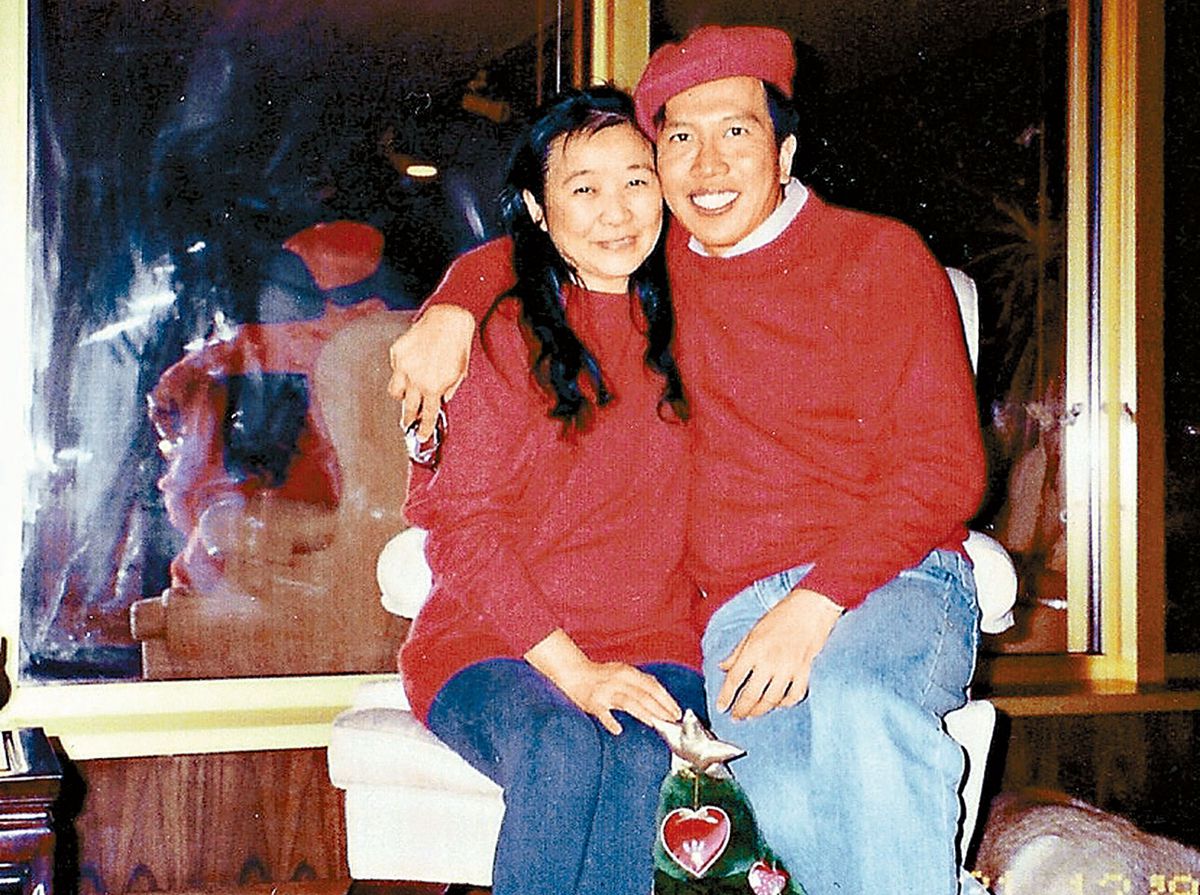
Kung died of ovarian cancer two years after she inherited the billion-dollar estate, and her fortune became the talk of the town again. A man named “Chan chun-chuen” suddenly appeared. He claimed to be Kung’s lover and presented a will that Kung had made a year before her death, in which she transferred all her assets to him.
Chan frequently hit the headlines of newspapers for his bold statements and the huge sum of money he had received from Kung over the years. The intimate relationship between Chan and Kung was also talk of the town.
Chinachem’s representatives said that Kung had become untrustworthy to people due to her husband’s disappearance and excessive grief. Chan was just a Feng Shui master whom she hired in the 90s to find her husband. Their relationship was based on money. It was hard to believe that Kung would transfer the entire business to him ten years later.
In 2010, the High Court ruled that the will Chan held in 2006 was a forged document. He was charged with forging a will and exercising false documents and was sentenced to 12 years in prison in 2013. The court appointed the Chinachem Charitable Foundation as the executor of the estate.
Company Characteristics
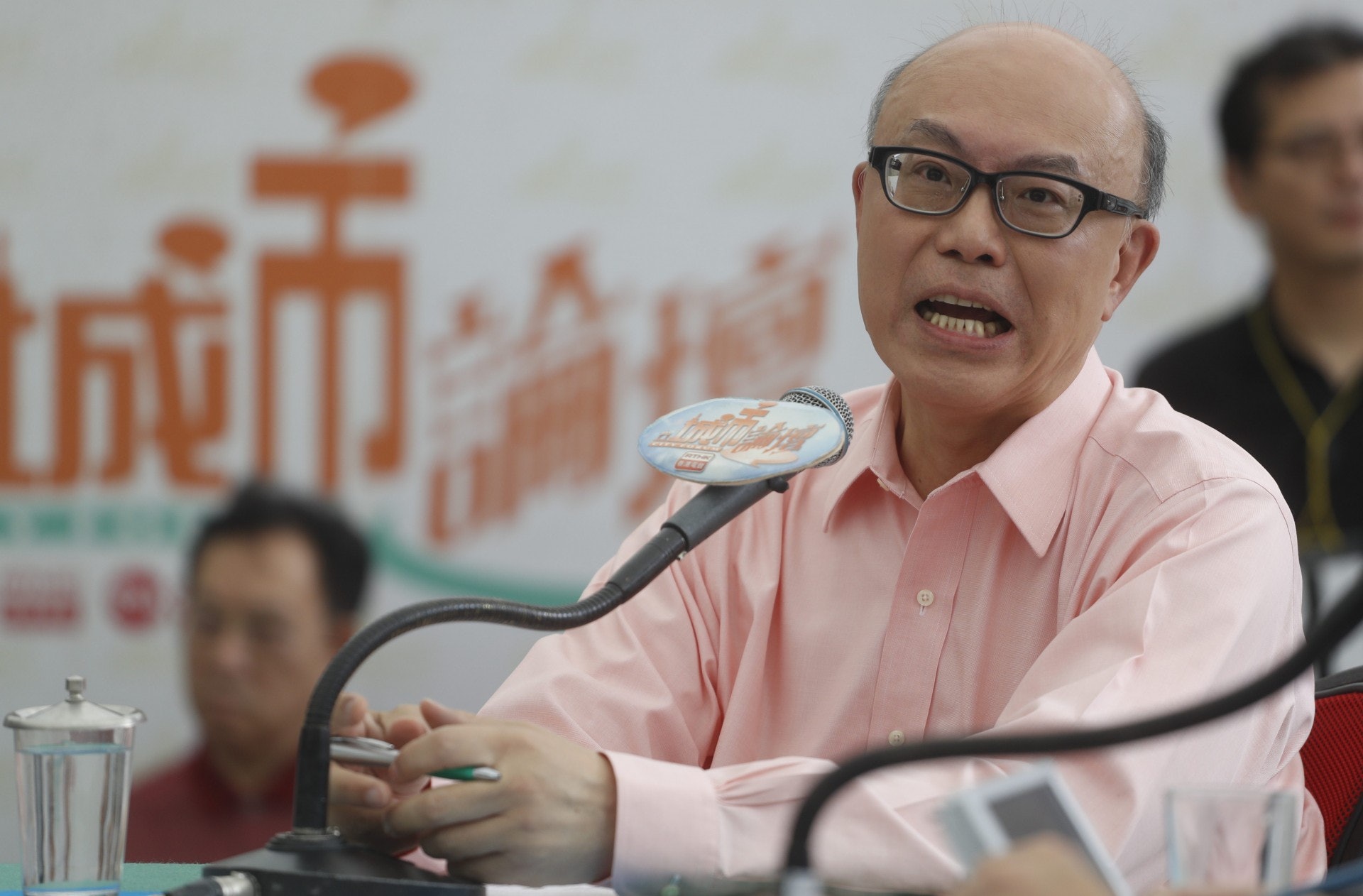
With no descendants of the Wang family, the group’s family business model became obsolete. The CEO of Chinachem Group is currently held by former Nan Fung executive Choi Wun-hing. Through his innovative management approach, he led the company to break away from its traditional business model and gave autonomy to his employees for the benefit of the company.
Chinachem Group is not run by family, contrary to many well-known family-run developers such as Cheung Kong (Li Ka-shing), Henderson Land (Lee Shau-kee), and New World Development (Cheng Yu-tung).
In addition, Chinachem is also one of the few unlisted developers in the city, joining other privately owned developers such as Wheelock and Nan Fung.
In 2020, as Chinachem entered its 60th anniversary, the group launched a new logo with the concept of “Places with Heart” at its core.
It aims to convey the positive impacts Chinachem contributed to the citizens, communities and the environment through its core business and shared value, marking a new chapter for the group’s entry into the digital era.
Find or sell properties on Spacious
Building Quality
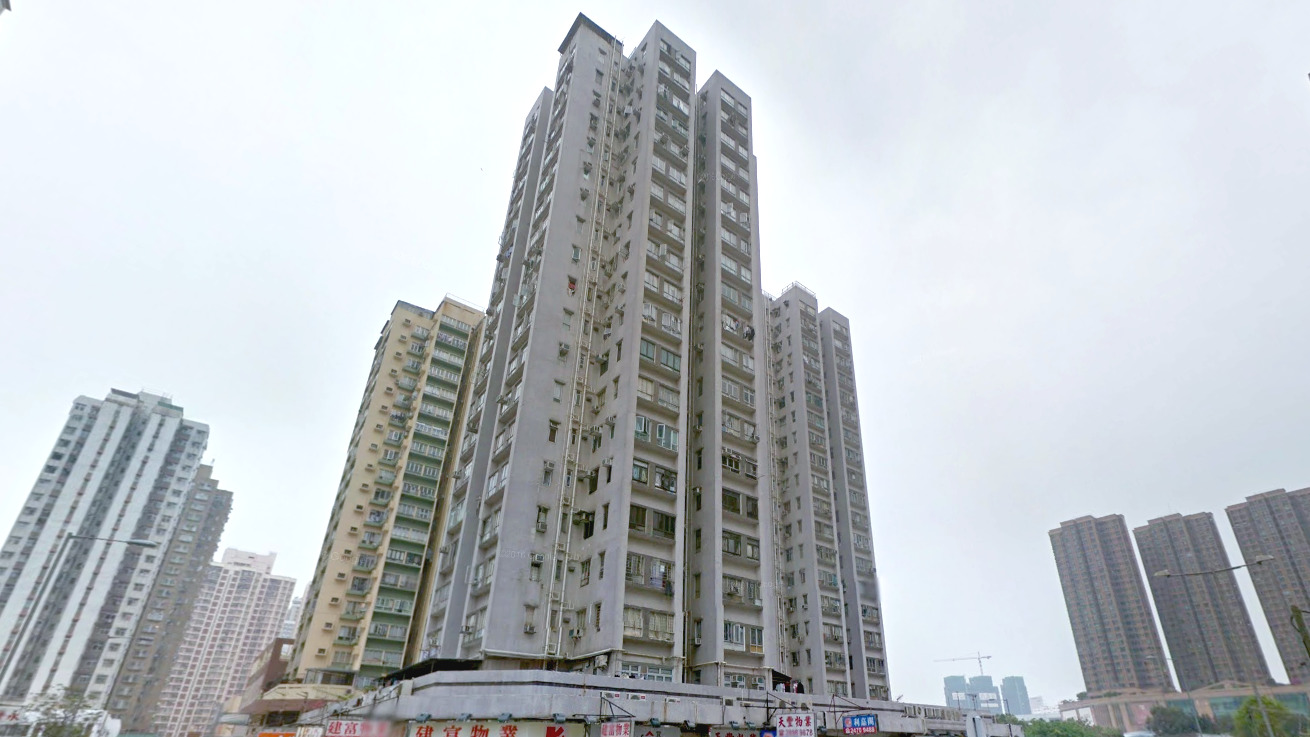
In the past, Hong Kong buyers had a lot of negative reviews about Chinachem’s properties, and it was not without reason. As mentioned earlier, The Group used to focus on low-priced housing projects to attract factory workers and others with tight budgets.
The group also built many standalone buildings in the New Territories. Some buyers argued that the management of such buildings was not up to par.

In order to attract buyers on low budget, Chinachem used to compromise on materials and quality in its early projects.
In fact, Chinachem has also accumulated years of experience developing luxury homes. The group has already changed its focus from the middle and low-end to the high-end markets.
Some of its projects are developed by reputable architects such as Gammon Construction for better quality assurance, which helps to restore confidence of many buyers.
Residential Portfolio
| Project Bane | District | Completion Date |
|---|---|---|
| Kingsway Garden | North Point | 1993 |
| Tai Wo Court | Wan Chai | 1995 |
| Serene Court | Sai Wan | 1990 |
| Vista Mount Davis | Pok Fu Lam | 1974 |
| Victoria Garden | Pok Fu Lam | 1988 |
| Bisney Crest | Pok Fu Lam | 2020 |
| 3 MacDonnell Road | Mid-levels | 2017 |
| The Lily | Repulse Bay | 2010 |
| Stanley Knoll | Stanley | 1978 |
| The Redhill Peninsula | Tai Tam | 1990 |
| Billionnaire Royale | Wong Tai Sin | 2010 |
| Le Billionnaire | Wong Tai Sin | 2006 |
| Billionnaire Avant | Kowloon City | 2014 |
| Billionnaire Luxe | Kowloon City | 2016 |
| Residence 228 | Sham Shui Po | 2012 |
| Eden Gate | Kowloon Tong | 2014 |
| Parc Inverness | Kowloon Tong | 2016 |
| Golden Lion Garden | Tai Wai | 1986 |
| Pictorial Garden | Shek Mun | 1991 |
| Shatin 33 | Fo Tan | 1984 |
| Belair Gardens | Sha Tin | 1982 |
| Shatinpark | Sha Tin | 1984 |
| Hilton Plaza | Sha Tin | 1985 |
| Lucky Plaza | Sha Tin | 1983 |
| Marbella | Ma On Shan | 2001 |
| The Golden Gate | Tai Po | 2014 |
| Sheung Shui Town Centre | Sheung Shui | 1992 |
| Fanling Town Centre | Fanling | 1993 |
| Flora Plaza | Fanling | 1995 |
| Vienna Gardens | Fanling | 1993 |
| Venice Garden | Fanling | 1993 |
| Ho Fai Garden | Tsuen Wan | 1990 |
| Perfetto | Tsuen Wan | 2008 |
| Parc City | Tsuen Wan | 2019 |
| Hong Kong Garden | Sham Tseng | 2002 |
| Hong Lai Garden | Tuen Mun | 1989 |
| South Crest | Tuen Mun | 2008 |
| Jade Grove | Siu Lam | 2012 |
| Ho Shun Yee Building | Yuen Long | 1983 |
| Ho Shun Lee Building | Yuen Long | 1984 |
| Ho Shun King Building | Yuen Long | 1985 |
| Ho Shun Fook Building | Yuen Long | 1988 |
| Ho Shun Tai Building | Yuen Long | 1988 |
| Sol City | Yuen Long | 2019 |
| Sai Kung Garden | Sai Kung | 1991 |
| Sai Kung Town Centre | Sai Kung | 1987 |
| The Papillons | Tseung Kwan O | 2018 |
| Serenity Peak | Clear Water Bay | 2016 |
| Park Central | Tseung Kwan O | 2002 |
| Central Heights | Tseung Kwan O | 2005 |
| Mount Anderson | Kwun Tong | 2023 |



